Post-Lockdown dynamics of audio content creation, consumption & monetisation
Like other digital media, the Lockdown has accelerated trends in audio streaming and give a glimpse into the future of digital audio. The podcast business in India is nascent and accounts for less than 6% of digital AdEx. Yet, there are anywhere between 200 and 600 individual podcast creators who have to contend with bigger producers, platform aggregators and numerous foreign podcasts.
A Kantar-VTION study showed that time spent listening on OTT audio streaming apps went up by 42% in the month of March. There was over 50% growth in the time spent on listening amongst the age group of 18-24 and 30% growth for the age group of 25-34.
Much like TV, the primetime for podcast listening was in the morning and evening. IVM Podcasts, Co-Founder Amit Doshi says, “There would be a big spike in downloads in the morning and in the evening, which coincides with your commute hours. That has started to smooth out so it is more evenly distributed throughout the day.”
Also read: New INMA report focuses on audio opportunities for news media companies
According to the Kantar-VTION report, there has been a 52% growth in incidence of listening in the afternoons – between 2 pm and 6 pm. Late night (between 12 am and 6 am) registers an 80% increase in incidence of listening, compared to pre-Lockdown.
“Our traffic used to dip by up to 50% during the weekends because podcast listening is mostly a weekday activity. Now, we’re seeing a much lower dip on weekends. Our content is being consumed throughout the week,” remarks Doshi.
As consumption metrics surged for audio content, platforms like Gaana, JioSaavn, Spotify, Audible Suno, HT Smartcast, RED FM, aawaz.com announced a slew of fresh content. Listeners were looking for infotainment, educational, and self-help audio content. Spotify launched 12 new originals with a total of over 200 episodes. More recently, they partnered with Radio City, Big FM, and Aawaz.com to host over 600 hours of content.
According to Amarjit Singh Batra, Managing Director – India, Spotify, “The last few months have definitely helped mainstream podcasts to some extent. We’ve seen traction on our global and local, as well as our originals and other podcast content. A few of the most popular genres our users have been streaming recently are on news, health and fitness, and kids’ content. As the creator and listener community grows on Spotify in India, we’ll also see more categories across fiction and non-fiction drive consumption.”
In their Q2 2020 financial results, Spotify revealed that they have over 1.5 million podcast titles on their platforms all of which are accessible to Indian users. According to Intelligence service WARC, podcast AdEx is estimated to touch $1.6 billion by 2022 propped up by Spotify’s growth plans. The report claims that Spotify’s recent acquisitions of podcast specialists reflect the potential of podcast spend to outpace the wider online audio over the coming years.
Another platform, Audible Suno, a login-free and ad-free service, has its own localisation strategy. “Post the COVID outbreak and the lockdown, we adapted all our efforts in identifying what the consumers wanted to listen to and creating series that would appeal to them in these circumstances,” shares Shailesh Sawlani, Country Head, Audible India. Popular post-Lockdown titles on the platform include ‘Suno Mahabharata Devdutt Pattanaik Se Saath’, ‘Qisse Lockdown Ke’, and ‘Comedian in Quarantine Ki Kahaniyaan’.
According to Sawlani, Audible customers were listening to content: for short mental health breaks during the workday; while exercising/ taking morning or afternoon walks, where permitted; while carrying out routine household chores like cleaning or cooking; as part of a pre-bed relaxation routine or private, screen-free wind-down ritual at the end of the day.
To cater to new listeners and tap into the changing listening patterns during Lockdown, Audible launched Audible Stories and Audible Sleep. “Stories is a web-based service that makes hundreds of children-friendly titles, including a number of classics, available for free. Further, recognising how the stress of current circumstances can adversely impact sleep and rest, we launched Audible Sleep, which offers a brand-new slate of content that is perfect to listen to when hitting the sack,” mentions Sawlani.
Adding further, he says, “When almost the whole world went into Lockdown, so did we, which meant we no longer had access to production facilities. However, we found new ways to create new content with our partners to keep our audience engaged during this time.” They partnered with Rainshine Entertainment, who launched two new podcasts on Audible Suno – ‘Thriller Factory’ and ‘Be Stupid with Vir Das’. They intend to release more than 30 podcasts over the next 12 months.
Unlike video, podcast production pipelines have not been severely affected during Lockdown. Doshi explains, “While we don’t have studios access, we’re hitting about 90% of our production schedule and 90% of our podcast titles are still going out. Basically, 10% of the production has ceased completely. There are some shows that require high quality sound production and multiple recordings so access to the studio is essential. However, since most of our shows fall under the conversational ambit, we are still able to put them out.”
Podcasts have faced a challenge in terms of discoverability. Most of the community discovers a new podcast primarily via word of mouth. The Lockdown has led to consumers discovering and sampling more podcast content. This bodes well for creators because if someone likes a podcast, they tend to stick to it.
IVM Podcasts’ Doshi says, “Our retention metrics are ridiculous. The reason for that is the psychology of consuming podcasts. The No.1 way of retaining a user is to keep putting the show out. You have to keep feeding the habit. Listening to a podcast means that the content is inherently appealing to you.”
Doshi isn’t too concerned by the rapid expansion of the audio libraries of music streaming players. He says, “While they are competitors, there are a lot of commonalities and we are looking for ways we can work with each other. For me, they are distribution points, and our jam is all about making our content available everywhere. We are all basically competing for minutes of total listening.”
Audio streaming platforms are solving the discoverability problem for podcast creators. Multi-lingual podcast creator aawaz recently partnered with Spotify. Here’s how Sreeraman Thiagarajan, Founder, aawaz, views the deal. He says, “What’s there for us? Of course, there is money, but that’s transactional. Today, aawaz is available on multiple touchpoints via our app, website, Jio Phone, and Ola Play. Spotify has the world’s best recommendation engine. They know how to recommend content to their users. That will really help more people discover us. As of now, our content library is 650 hours. We’ve given about 100 hours to Spotify. Once people discover aawaz on Spotify, hopefully, they’ll want to hear more on aawaz.com itself.” Since the Lockdown started, aawaz has seen a 22% increase in new listeners and up to 30% in time spent listening.
Players like Spotify are also spending obscene amounts of money for licensing podcast content, which creates a new revenue stream for creators like IVM Podcasts and aawaz. They spent $100 million for ‘The Joe Rogan Experience’, one of the world’s most popular podcasts, that will stream exclusively on the platform beginning from September 2020. While this gives Spotify access to a huge base of listeners, such a strategy would not work in India. So, last year, Spotify announced that it would produce original Indian podcasts.
Thiagarajan explains, “Earlier, music streaming platforms had to go to record labels and license what they have created historically. However, podcasting doesn’t have such a history in India. So, there is nothing to aggregate. It is a DNA change for them to start producing audio content that is not music instead.”
Most of Spotify’s revenues are generated from their premium service. The company generates revenues by retention of current users, attraction of new ones, and conversion of users of the ad-supported service to the premium service.
The growth story of podcasting in India has relied heavily on advertiser support. According to Thiagarajan, “Podcasting is a very nascent market, especially when it comes to paying for audio. Traditionally, music content has been pirated or consumed via ad supported models. We primarily rely on branded contentor what we like to call advertiser funded programs (AFP).”
IVM Podcasts’ Doshi adds, “While there is room for subscription in some shape or form that is only going to be one part of the business. There are certain shows that lend to subscription and others that do not. There is a spectrum to be discovered over what people are willing to pay for in audio content.”
Advertising revenues took a huge hit once the Lockdown began and all stakeholders in the value chain were impacted. However, Doshi and Thiagarajan indicate that podcast revenues have been more resilient than most. Doshi says, “We are having a lot of conversations with a number of brands right now. We are making progress with some of them while with others it is going slow. The interesting thing about podcasting is that it offers low cost high impact advertising with complex messaging which is something advertisers are looking for right now. The audiences that you are speaking to implicitly trust the host of the podcast and are there to be influenced.”
Thiagarajan shares, “The brands who were with us pre-COVID haven’t pulled out and more tech companies are keen to create content with us. COVID has led to the realisation that digital transformation is the way forward. So, technology companies want to partner with us to create podcasts on Voice, Cloud, and digital tools like API management.”
Consideration driven categories like BFSI, Technology and OEMs continue to be primary supporters of podcast content.



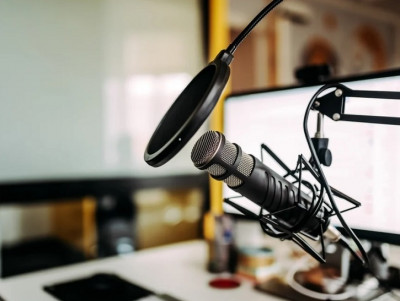







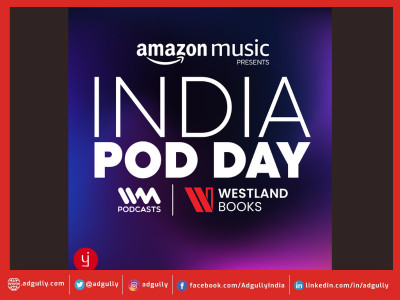

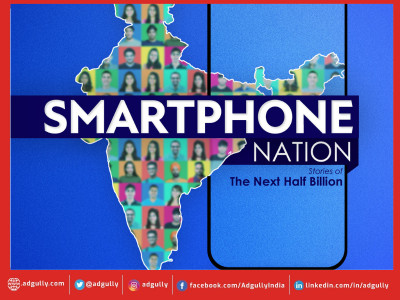
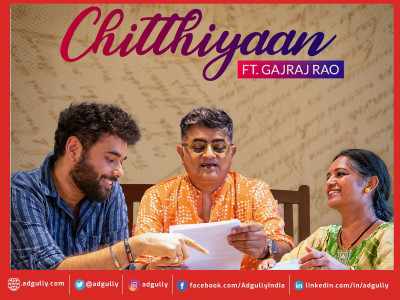
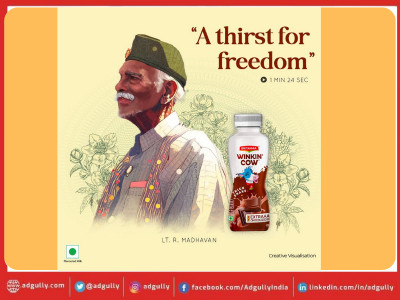

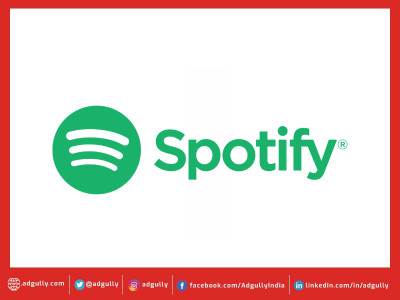
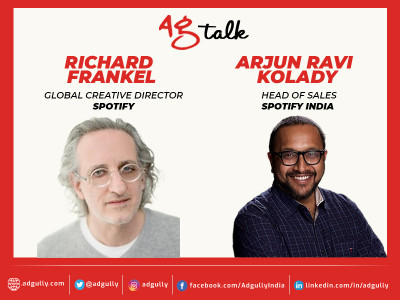



Share
Facebook
YouTube
Tweet
Twitter
LinkedIn